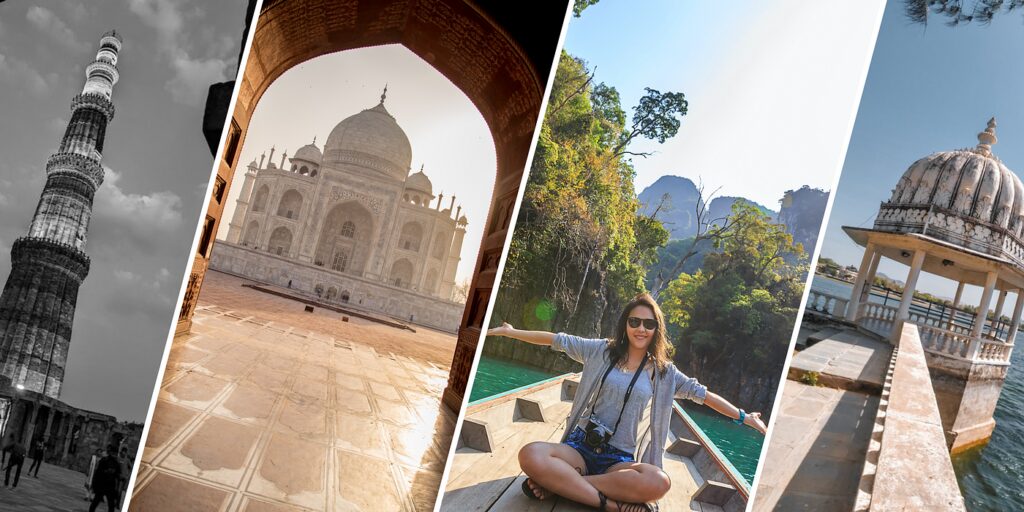To make travel to India easier, the Indian government has introduced the e-visa process. This article explains the steps and requirements for obtaining an e-visa for India. There are three types of e-visas available: tourist, business, and medical. To be eligible, applicants must have a valid passport from an eligible country with at least six months of validity. The application process is done online and requires personal information, passport details, and travel plans. Supporting documents such as a passport-sized photograph and relevant documents for the chosen visa category are also required. E-visas have specific validity and duration, and travelers must present their e-visa approval upon arrival in India. There are certain travel restrictions and conditions to be aware of, such as not being able to extend the stay or visit protected areas without a permit. Overall, obtaining an e-visa for India simplifies the travel process for potential visitors.
Understanding the E-visa Process for India Travel
Introduction:
India is a country with vast cultural, historical, and scenic attractions that beckon travelers from all over the world. To make travel to India more convenient and hassle-free, the Indian government has introduced the e-visa process. This article aims to guide potential travelers through the steps and requirements involved in obtaining an e-visa for India.
Types of E-visas:
Before delving into the process, it is essential to know the different types of e-visas available for travel to India. Currently, India offers three e-visa categories: tourist e-visa, business e-visa, and medical e-visa. Each visa type has specific eligibility criteria and permits travel for different purposes. It is crucial to determine the purpose of your visit to choose the appropriate category.
Eligibility Criteria:
To apply for an e-visa to India, there are certain eligibility criteria that must be met. First and foremost, the applicant should hold a valid passport from an eligible country. The passport should have a validity of at least six months from the intended date of arrival in India. Additionally, the applicant’s purpose of travel should correspond to one of the available e-visa categories mentioned earlier.
Application Process:
The application process for an Indian e-visa is quite straightforward and can be completed online. The first step involves filling out the application form, which requires providing personal information, passport details, and travel plans. It is crucial to ensure accuracy while filling out the form to avoid any issues during the visa approval process.
Supporting Documents:
Certain supporting documents are necessary to complete the e-visa application. These include a scanned passport-sized photograph, a scanned copy of the passport information page, and relevant documents based on the chosen visa category. For example, a tourist e-visa may require a copy of the travel itinerary or hotel bookings, while a business e-visa may require an invitation letter from an Indian company.
Validity and Duration:
Once the e-visa is approved, it is important to note its validity and duration. The validity period specifies the window within which the traveler can enter India, while the duration specifies the maximum number of days allowed for stay. It is essential to adhere to these guidelines to avoid any legal complications during travel.
Arrival and Immigration:
Upon arrival in India, travelers with e-visas are required to present a printout of the e-visa approval at the immigration counter. The immigration officer may also ask general questions about the purpose of travel, duration of stay, and accommodation arrangements. Being prepared and having all necessary documents readily available can speed up the immigration process.
Travel Restrictions and Conditions:
While an e-visa facilitates entry into India, certain restrictions and conditions must be kept in mind. E-visas are not extendable, which means travelers cannot prolong their stay beyond the approved duration. Additionally, e-visa holders cannot visit protected and restricted areas without obtaining a separate permit. Understanding these travel restrictions ensures a smooth and enjoyable experience in India.
Conclusion:
Obtaining an e-visa for traveling to India has made the process simpler and more accessible. By following the steps outlined in this article, potential travelers can successfully apply for and obtain an e-visa. Remember to check the eligibility criteria, fill out the application accurately, and prepare all necessary supporting documents. With an e-visa in hand, you can embark on a memorable journey through the captivating land of India.
